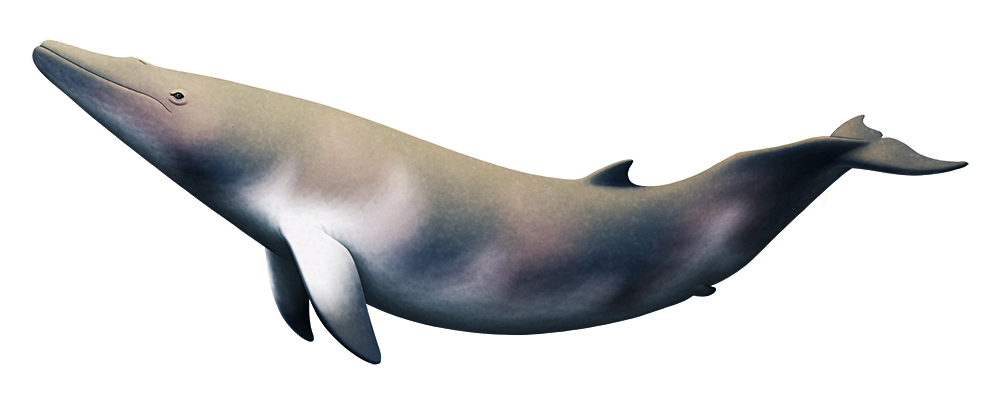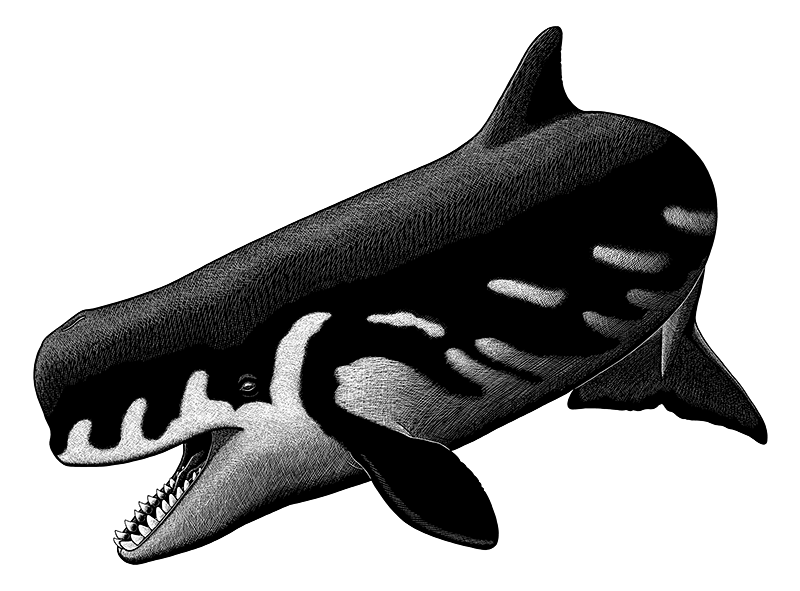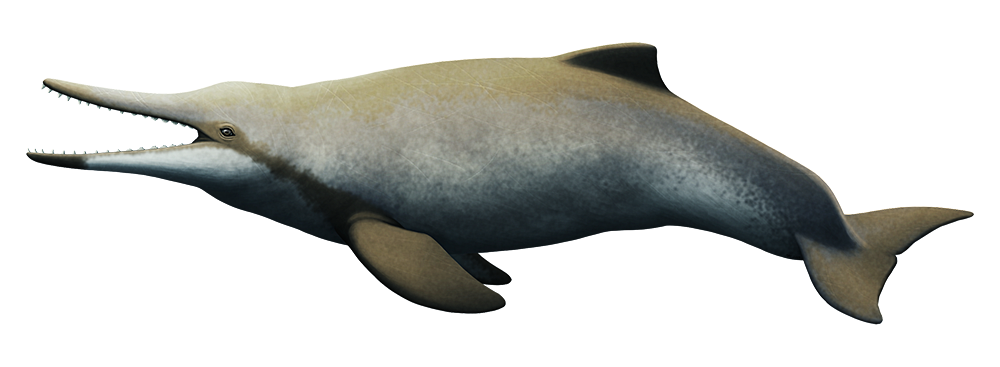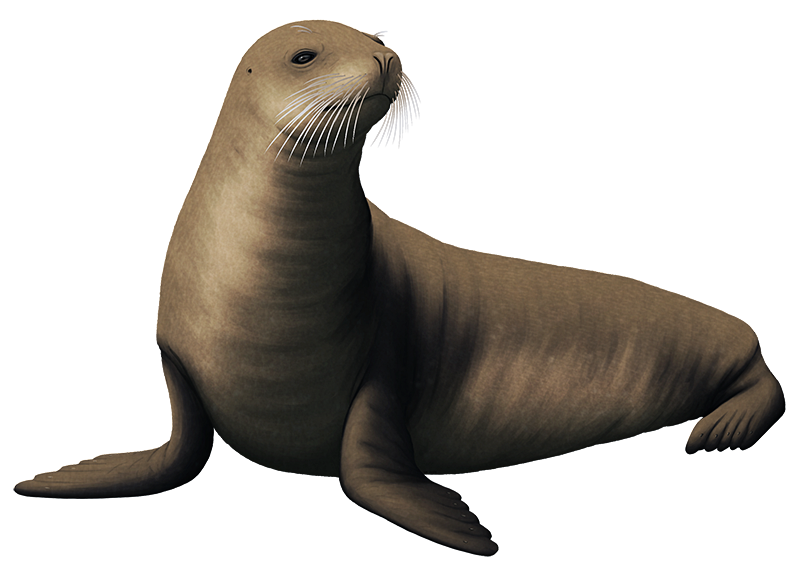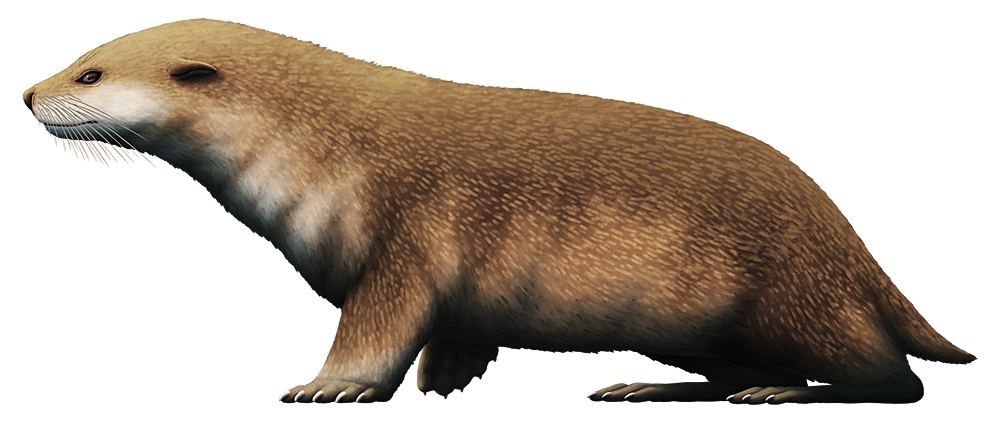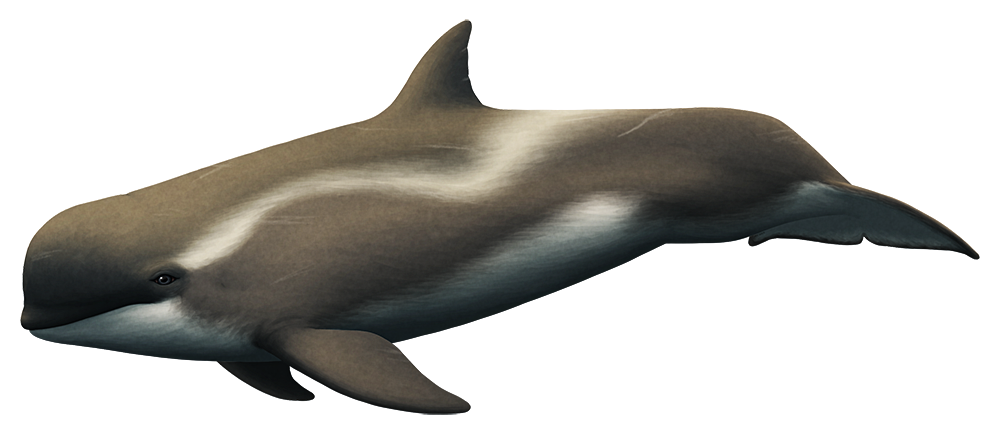We have a fairly good picture of the evolutionary origins of most groups of aquatic mammals – except for the pinnipeds. The fossil record of early seals is still rather sparse, and for a long time the earliest known species was Enaliarctos, an animal that was already very seal-like and didn’t help much in figuring out whether seals’ closest living relatives are bears or musteloids.
But then Puijila darwini was found in the late 2000s, a transitional form with a near-complete skeleton, filling in a gap in our understanding so conveniently it almost seems too good to be true.
This is the equivalent of Archaeopteryx for seals.
Discovered in Nunavut, Canada, Puijila dates to the early Miocene, about 23-20 million years ago. It was a small freshwater otter-like animal, about 1m long (3’3″), with a long tail and webbed feet adapted for paddling with all four of its limbs.
It lived at around the same time as the more specialized Enaliarctos, so it wasn’t a direct ancestor of modern seals, instead being part of an early offshoot lineage that retained more basal characteristics – but it does gives us a clue as to what the earliest pinnipeds looked like. Along with genetic studies it also helped to clarify that seals’ closest relatives are indeed the musteloids, although they’re estimated to have last shared a common ancestor around 45 million years ago so there’s still a lot of time unaccounted for in the proto-seal fossil record.
Several other fossil species that were previously thought to be musteloids have now also been recognized as close relatives of Puijila, and it seems that they were a fairly widespread group basically filling the ecological niche of otters at a time before true otters existed.
Most surprising and frustrating of all, however, is that some of these other otter-seals actually survived all the way into the Pleistocene, only going completely extinct sometime in the last 2 million years.
We barely missed having them still alive today!


